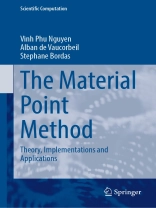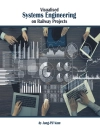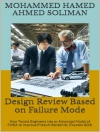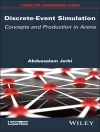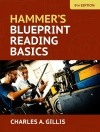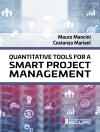This book provides an introduction to the fundamental theory, practical implementation, and core and emerging applications of the material point method (MPM) and its variants. The MPM combines the advantages of both finite element analysis (FEM) and meshless/meshfree methods (MMs) by representing the material by a set of particles overlaid on a background mesh that serves as a computational scratchpad.
The book shows how MPM allows a robust, accurate, and efficient simulation of a wide variety of material behaviors without requiring overly complex implementations. MPM and its variants have been shown to be successful in simulating a large number of high deformation and complicated engineering problems such as densification of foam, sea ice dynamics, landslides, and energetic device explosions, to name a few, and have recently found applications in the movie industry. It is hoped that this comprehensive exposition on MPM variants and their applications will not only provide anopportunity to re-examine previous contributions, but also to re-organize them in a coherent fashion and in anticipation of new advances.
Sample algorithms for the solutions of benchmark problems are provided online so that researchers and graduate students can modify these algorithms and develop their own solution algorithms for specific problems. The goal of this book is to provide students and researchers with a theoretical and practical knowledge of the material point method to analyze engineering problems, and it may help initiate and promote further in-depth studies on the subjects discussed.
Daftar Isi
Introduction.- A general MPM for solid mechanics.- Various MPM formulations.- Constitutive models.- Implementation.- MPMat: a MPM Matlab code.- Karamelo: a multi-CPU/GPU C++ parallel MPM code.- Contact and fracture.- Stability, accuracy and recent improvements.- Other topics: modeling of fluids, membranes and temperature effects.
Tentang Penulis
Stéphane Bordas is Professor in Computational Mechanics at the University of Luxembourg. Prior to this, he was Professor of Engineering, Chair of Engineering, and Director for the Institute of Mechanics and Advanced Materials at Cardiff University. He received his Ph.D. in Theoretical and Applied Mechanics from Northwestern University in December 2003. He currently serves on the editorial Board for Advances in Engineering Software (Elsevier) and Computers and Structures (Elsevier) and is Regular Reviewer for 42 ISI journals. In 2011, he was awarded the European Research Council Starting Independent Grant Award.Dr Vinh Phu Nguyen is a lecturer at the Faculty of Engineering, Monash University. He received his Ph.D. in Computational Mechanics from Delft University of Technology in 2011, where his focus was multiscale failure modeling of quasi-brittle materials. His current research interests include computational fracture mechanics (phase-field fracture/damage models, cohesive zone models), and numerical methods for large deformation problems (material point method).
Dr Alban de Vaucorbeil is a Research Fellow at the Institute for Frontier Materials, Deakin University (Australia). He received his Ph.D. in Material Engineering from the University of British Columbia, Vancouver, Canada in 2016 where his focus was the modelling of cluster strengthening in Aluminium alloys. Alban’s research focuses on the development and use of numerical methods for the study of problems in both Mechanical Engineering and Materials Engineering. He is a Australian Research Council DECRA fellow.
